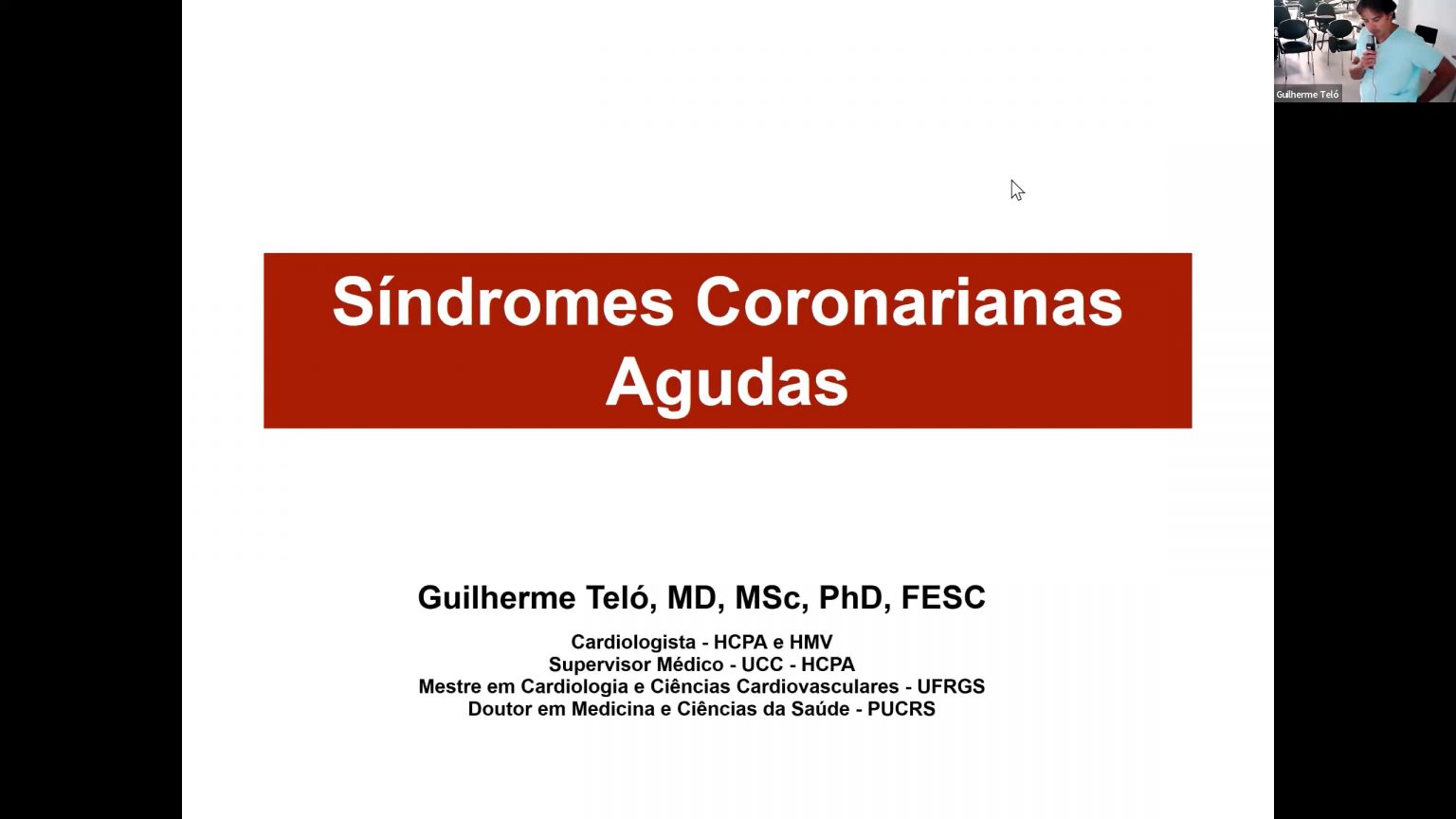Artigo
Stress Echocardiography in Mitral Stenosis: When Is it Useful?
INTRODUCTION
Of all valve lesions, mitral stenosis has the most options for intervention and in many ways is the valve lesion where it is easiest to make a decision that intervention is necessary. This was the first acquired valve lesion where patient symptoms and ultimate prognosis could be improved surgically even before cardiopulmonary bypass was available. The indications for the timing of valve repair or replacement are well presented in the American College of Cardiology/American Heart Association guidelines for the management of patients with valvular heart disease (1). Intervention is recommended in symptomatic patients (New York Heart Association [NYHA] class II, III, and IV) with mitral stenosis and a mitral valve area of 1.5 cm (2). Intervention is also indicated in patients with a similar valve area and pulmonary hypertension (pulmonary artery systolic pressure of 50 mm Hg at rest, 60 mm Hg with exercise). In a symptomatic patient, the presence of left atrial thrombus and/or 3 to 4 mitral regurgitation is a contraindication to balloon valvotomy. The presence of a thrombus that does not lyse with several months of anticoagulation in an otherwise-favorable valve is an indication for open mitral valve repair. The presence of heavy calcification, marked subvalvular obstruction, and/or 3 to 4 mitral regurgitation is an indication for valve replacement. Because the mortality and late morbidity are higher in valve replacement than in valve repair, the patient should be symptomatic despite medical management, at least NYHA class III, before valve replacement is recommended.
Compartilhar em:
Comentários
Cursos Relacionados
0
Conteúdos Relacionados
Comentários
Deixe um comentário Cancelar resposta
Você precisa fazer o login para publicar um comentário.












